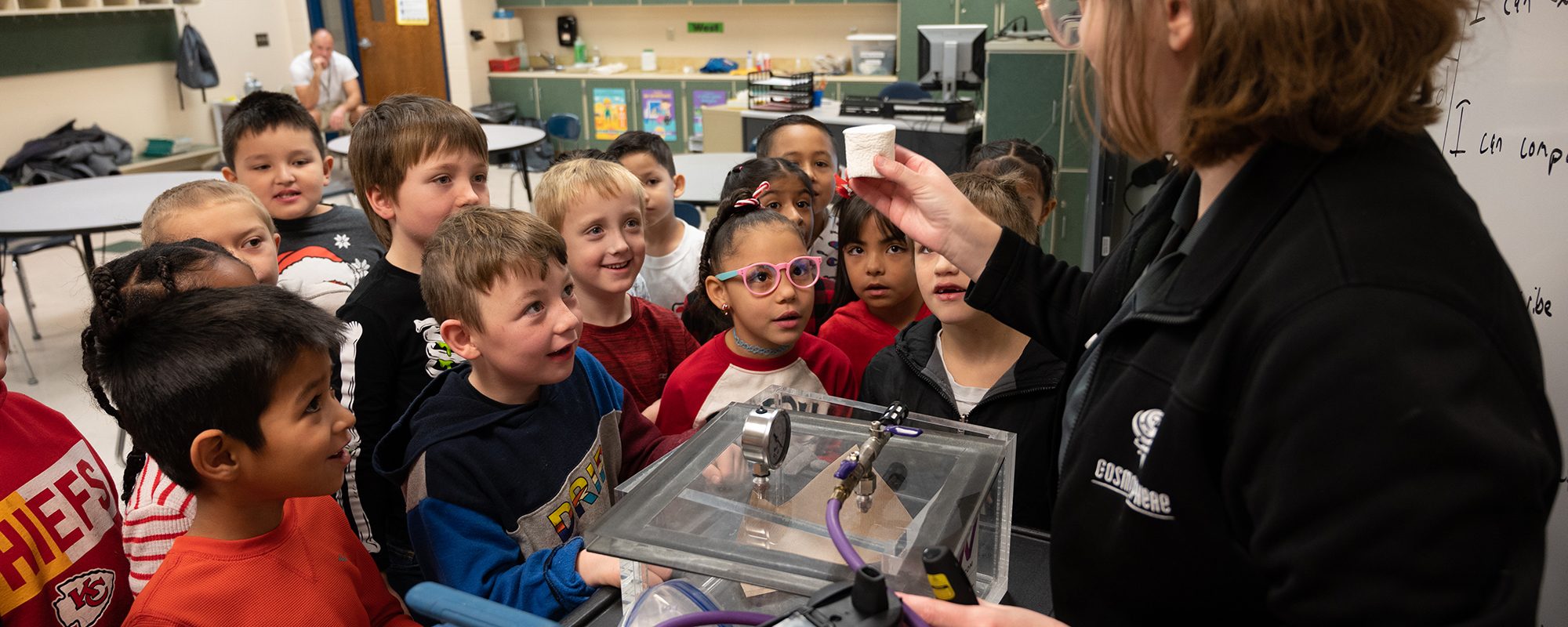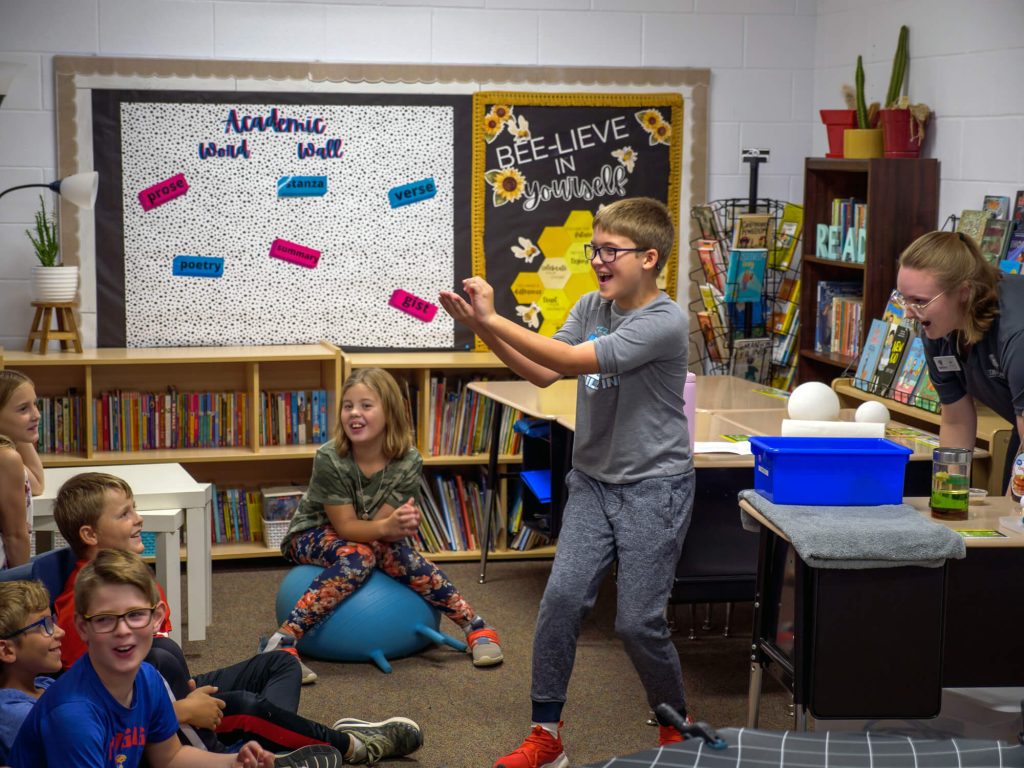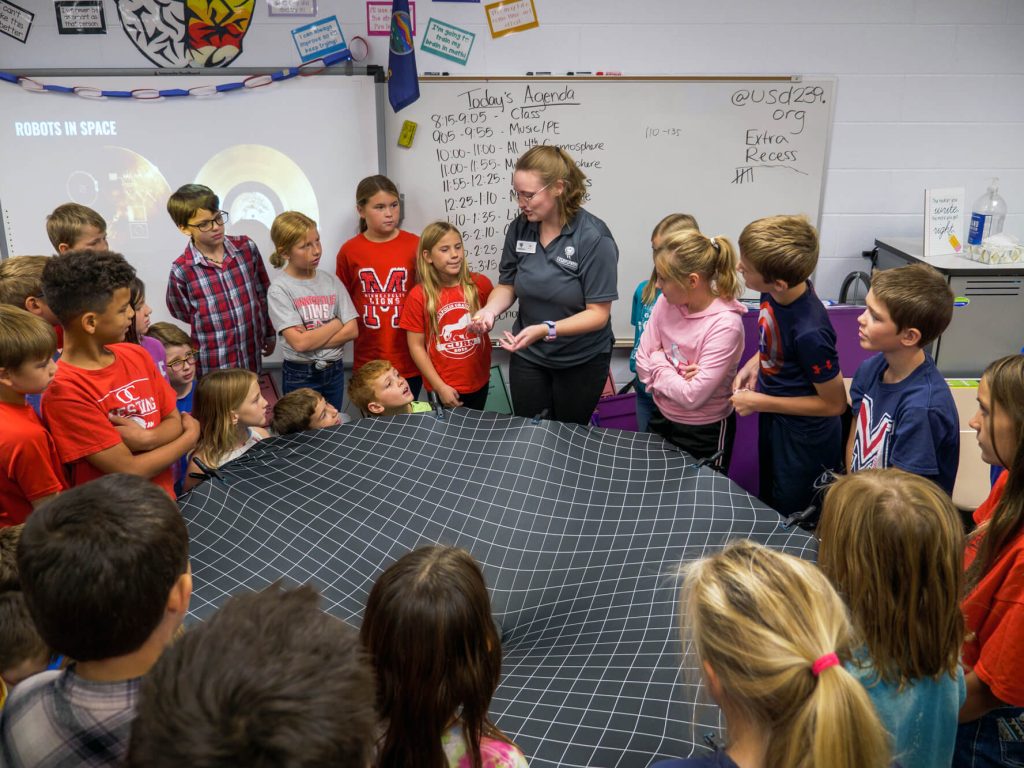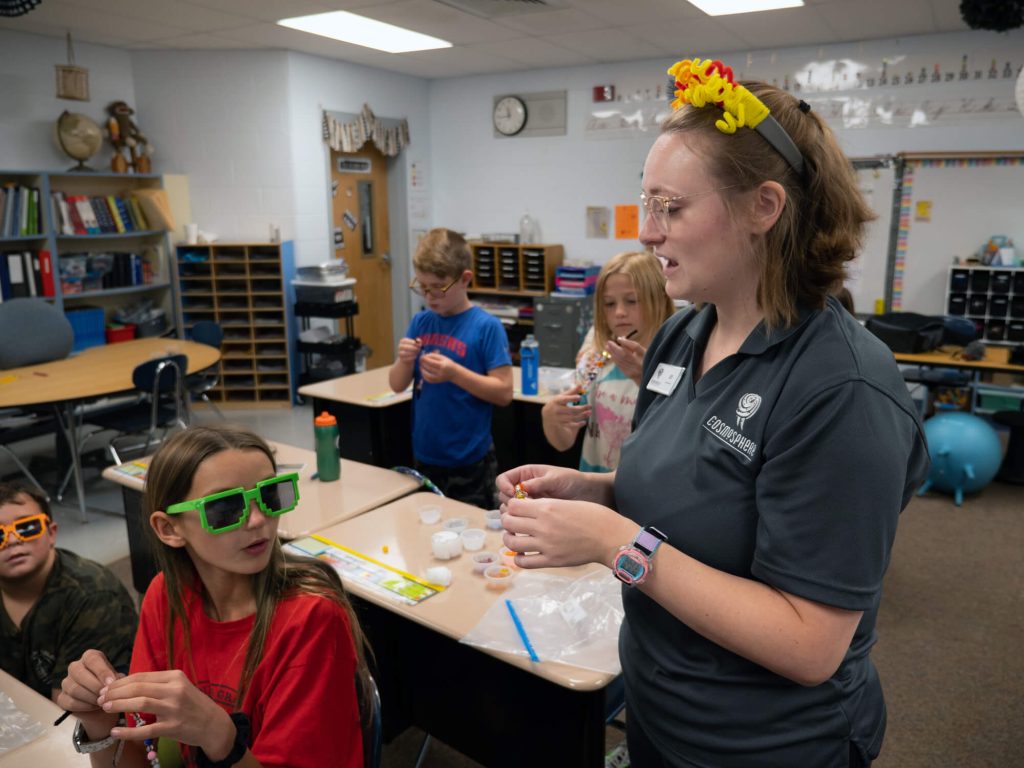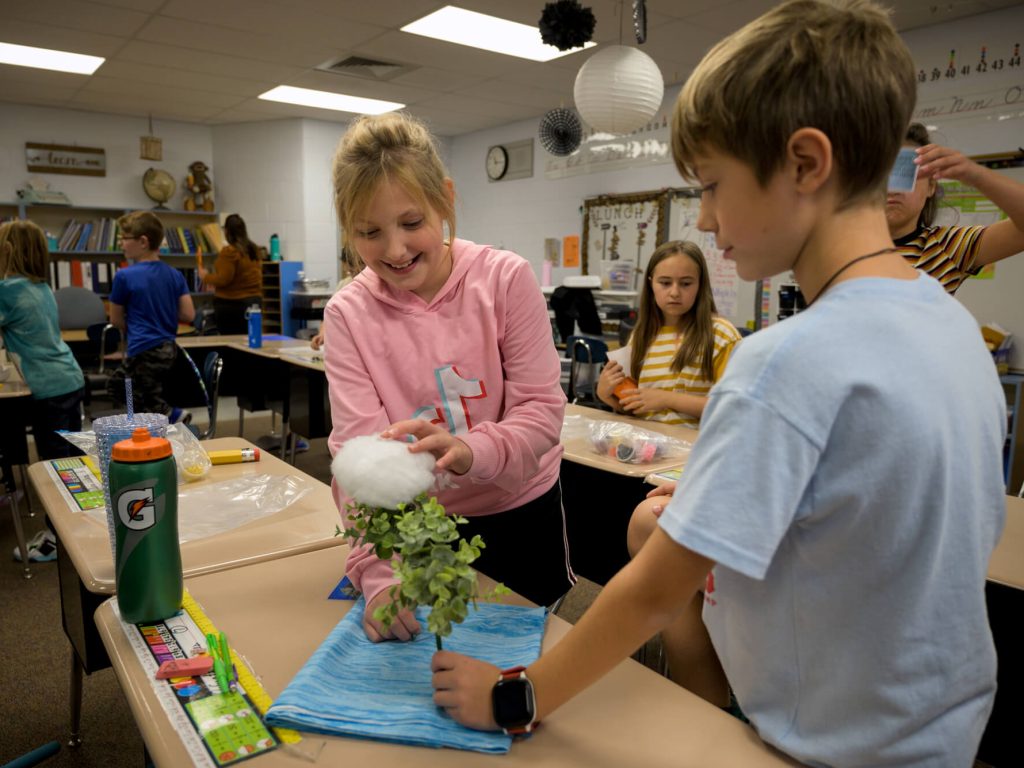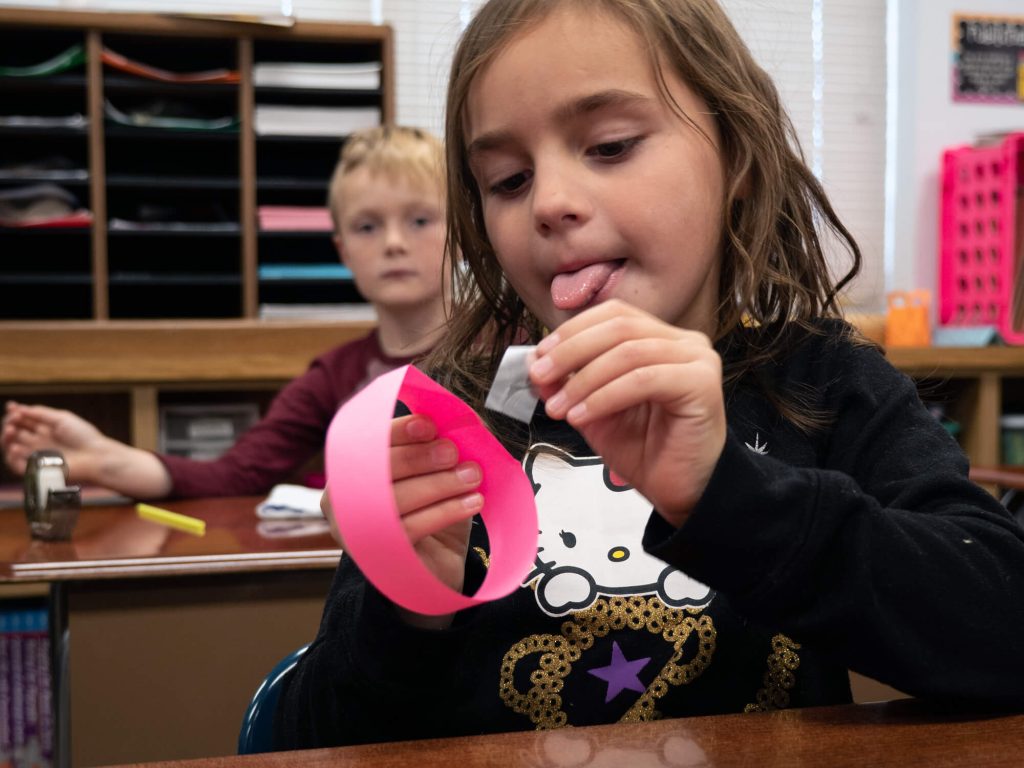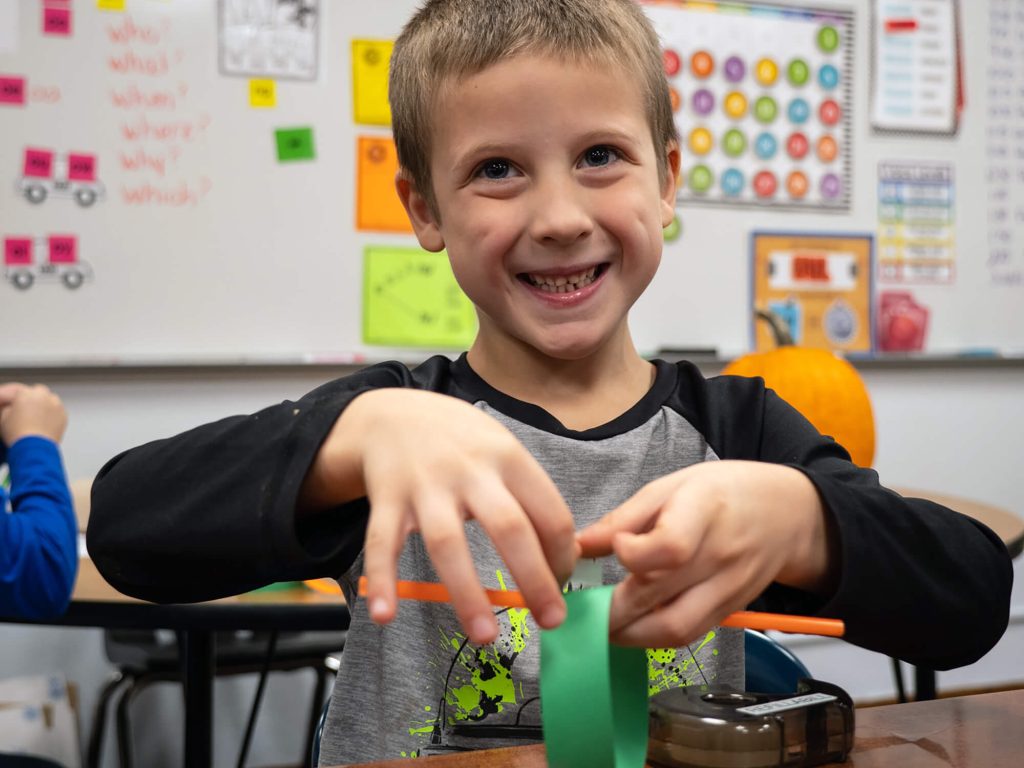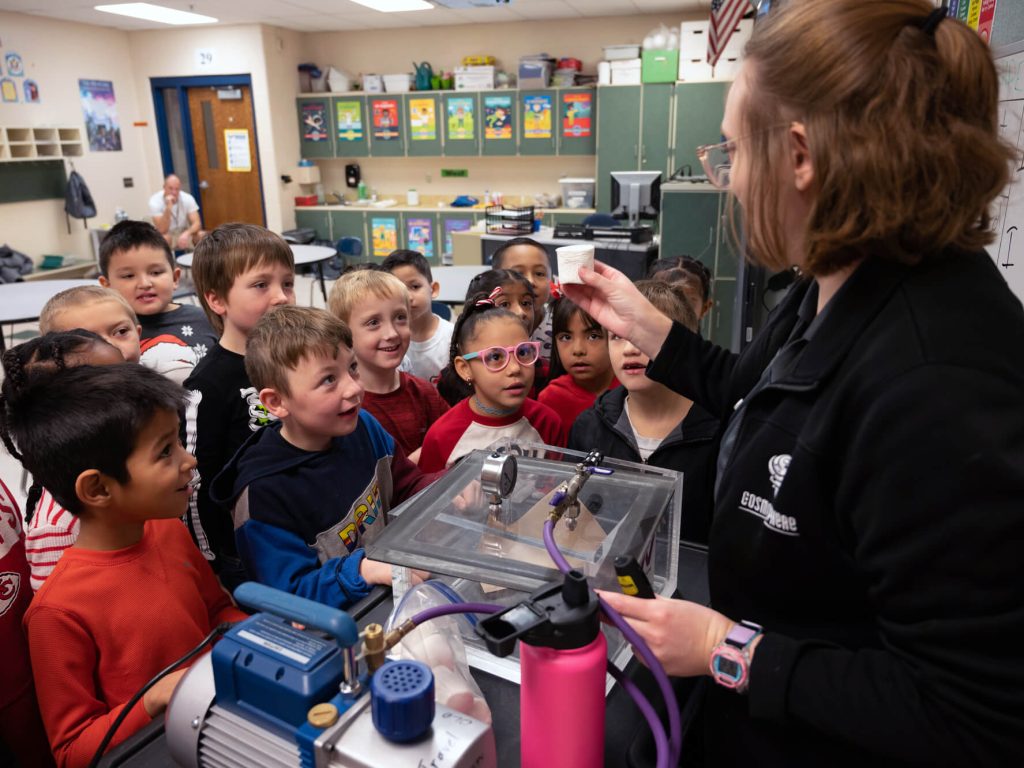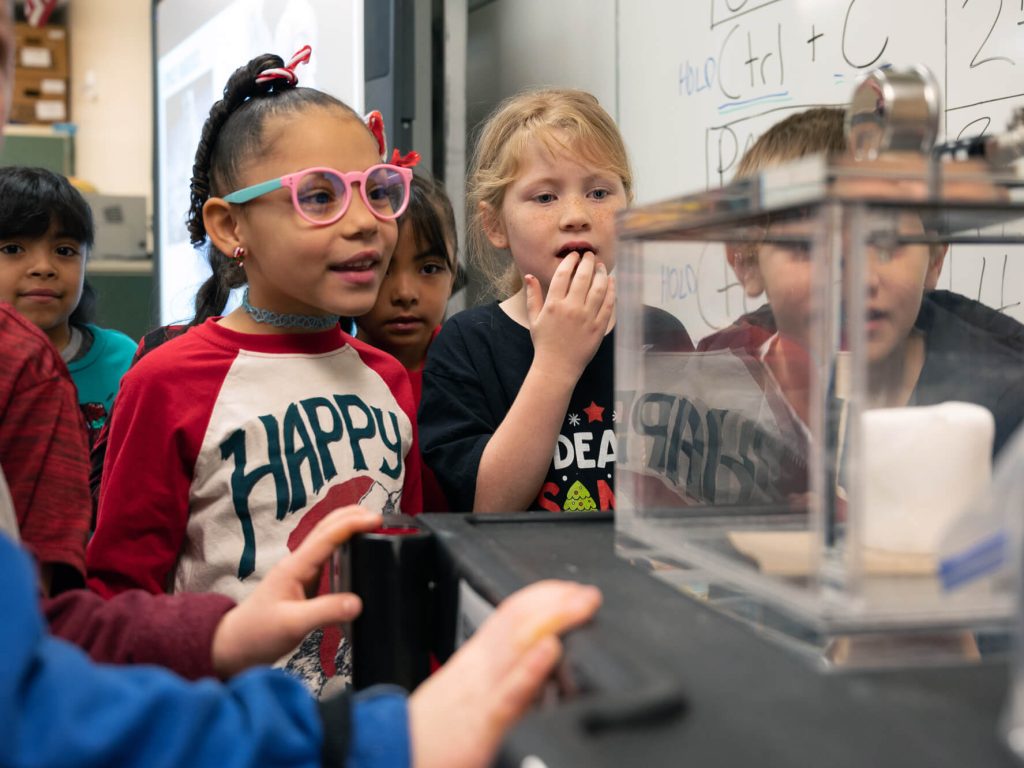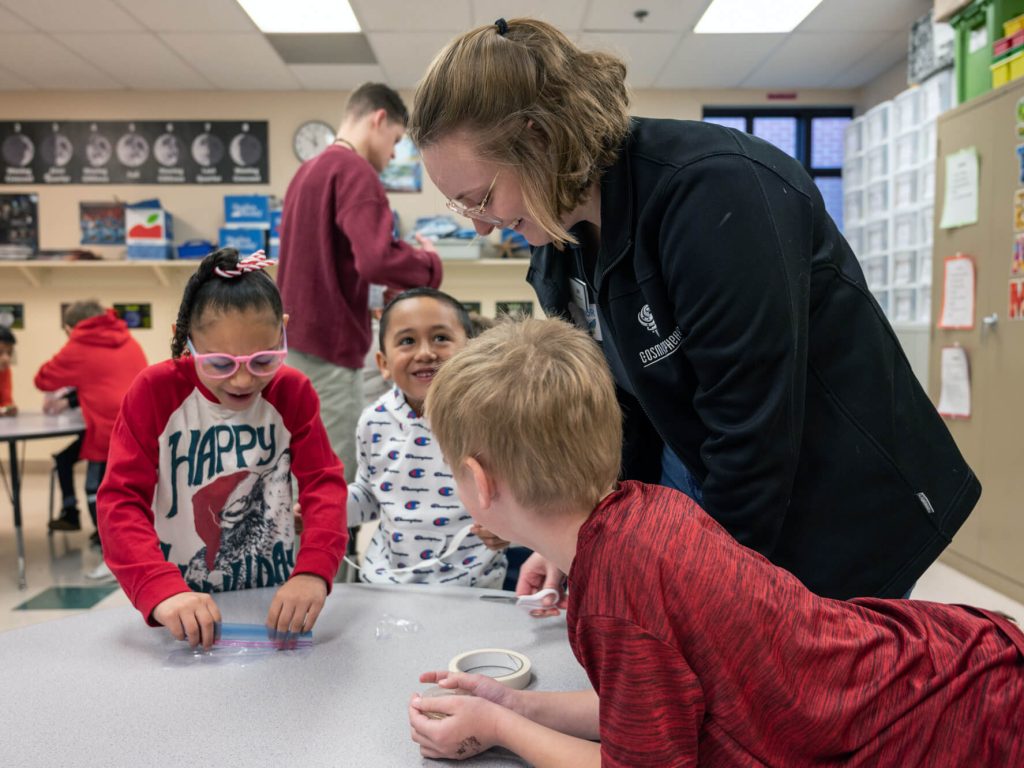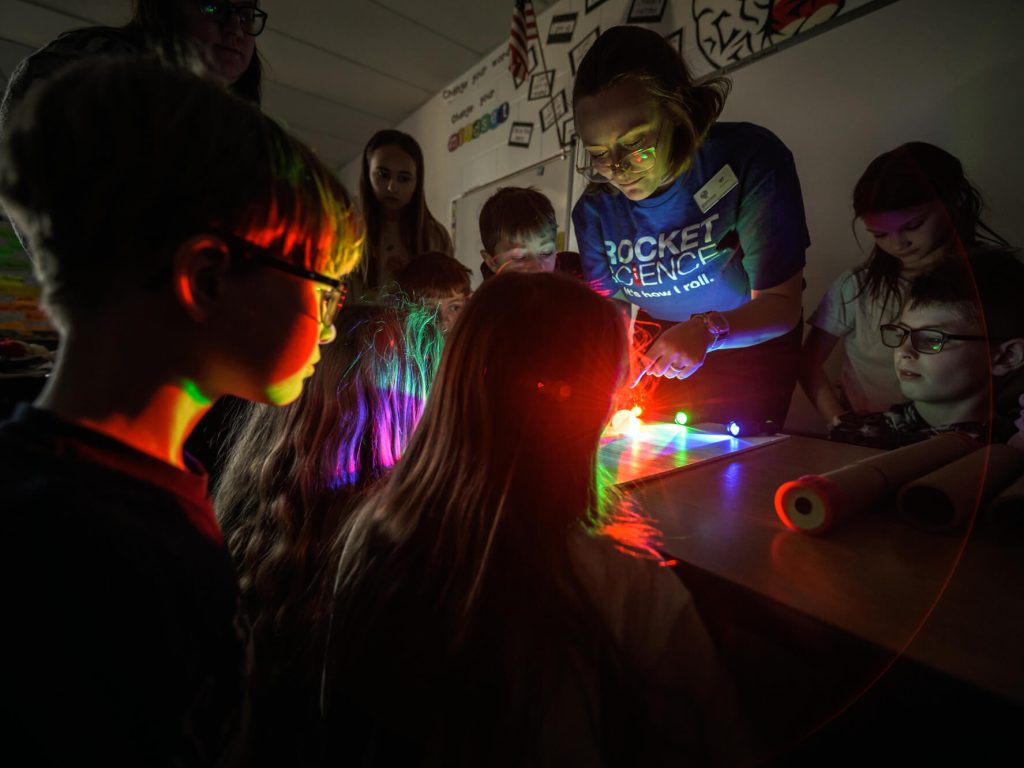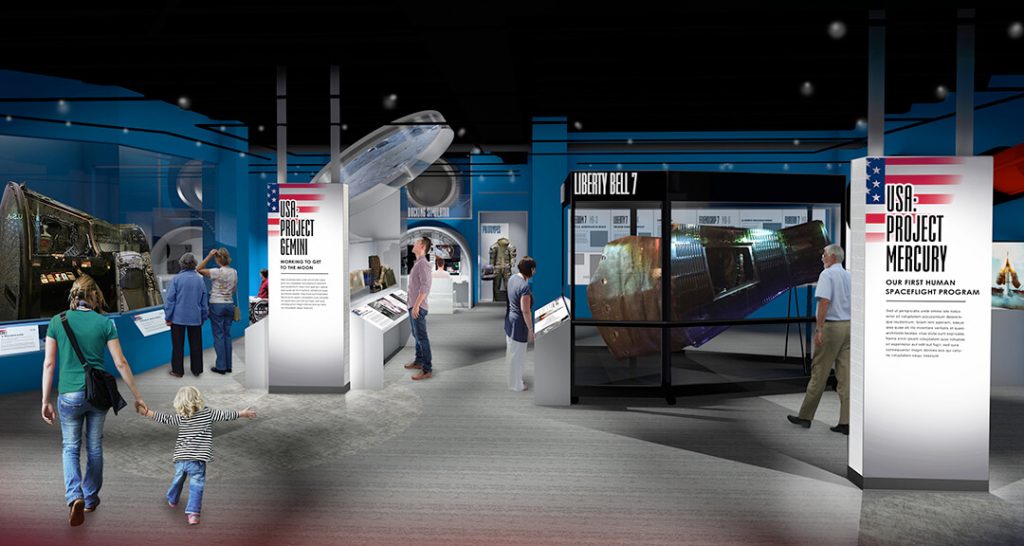Can’t travel to the Cosmosphere? Bring the Cosmosphere to you!
Bring the Cosmosphere to your classroom – as awesome Cosmosphere STEAM educators travel to YOU! Each activity consists of a 45-minute presentation and a 45-minute hands-on activity. The Cosmosphere recommends beginning with the presentation with all participating students and then breaking out into classrooms with the activity. The Cosmosphere team will adapt to your schedule.
Outreach
Includes STEAM educational activities ranging from grades K-12. Each activity consists of a 45-minute presentation and 45-minute hands-on activity. Teachers can book them both or book the presentation or activity only.
- Full-day educational STEAM activities (K-12)
- Living in Space (K-12)
- Presentation: Sleeping, eating, and going to the bathroom is a bit different in space. Learn what it’s like to live in space! Discover the science of orbit, types of space food, and how to become an astronaut.
- Activity: Trying to eat in space is quite a bit harder than on Earth. Students will design and create their own space food container that can be used to hold, cook, and eat food in microgravity.
- Beyond Our Solar System (3-12)
- Presentation: What exists beyond our solar system, and how do we learn about deep space?
- Activity: Students will mimic real astrobiologists and perform tests on different exoplanets to determine if they could sustain alien life.
- Rocketry (K-12)
- Presentation: Students take a trip back to the 1930s lab of Dr. Robert Goddard, the father of modern rocketry. This interactive show uses live demonstrations on a journey through the history of rockets.
- Activity: Students in grades K-2 will build and launch straw rockets, testing different methods to achieve the farthest flight. Grades 3-12 will build and test air rockets.
- Lunar Landers (K-12)
- Presentation: How do engineers contribute to our study of space? Students will be introduced to engineering principles and career paths as they study the application of engineering design theory.
- Activity: Design and build a new model lunar lander to deliver people (marshmallows) to the Moon safely.
- Solar System (K-8) – Needs 1.5 hours instead of 45 minutes
- Presentation: Discover what we have learned about our solar system. Dive deep into each planet and discover what makes each an exciting place to explore.
- Activity: Students will create a model of the solar system as a bracelet.
- Space Photography (3-12)
- Presentation: Students will learn how space telescopes like Hubble and Webb take pictures of faraway places and explore how taking pictures in different wavelengths in the EM Spectrum gives us information about these places.
- Activity: Use the power of the sun to create unique works of art.
- Weather (K-12)
- Presentation: Explore the scientific principles behind cloud formation, humidity, and what causes weather changes.
- Activity: Design and build a structure that protects people from weather hazards such as rain, wind, and snow.
- Energy (3-12)
- Presentation: Energy is everywhere. Learn what it is, how we use it, and why it is important.
- Activity: Learn how batteries work by building one to power an LED light.
- Electricity (3-12)
- Presentation: Learn the scientific principles behind how electricity works.
- Activity: Build circuits to make an explosive hatch just like the one on the Mercury capsule.
- Characteristics of Life (3-12)
- Presentation: Determining if something is living is more complicated than it seems. Learn about the characteristics of life and debate if your candle is a living creature.
- Activity: CSI investigation activity where students deduce who stole the moon rock
- Robotics (K-12)
- Presentation: Why do humans build robots? How do you program a robot to perform a task? Learn about robots and their uses in our world and those beyond.
- Activity: Program our Sphero BOLT robots to make their way through a maze. For our younger students they’ll engage with Ozobots to learn simple programming.
Per day: $800
Travel time: $30/hour (first hour is free)
(Two week advance registration required)
Dane G. Hansen Schools Outreach
Through a grant from the Dane G. Hansen Foundation, Cosmosphere educators serve schools in the 24 Northwest Kansas counties served by the Foundation. This outreach service brings live STEAM activities, science interaction, and subject matter experts to students who might otherwise not experience the Cosmosphere.
Bring Space to Your Classroom
If you’re a Dane G. Hansen school, contact us to schedule your outreach.
"*" indicates required fields
Questions about Outreach?
Call Us
620.665.9360 direct
800.397.0330 x360 toll-free
